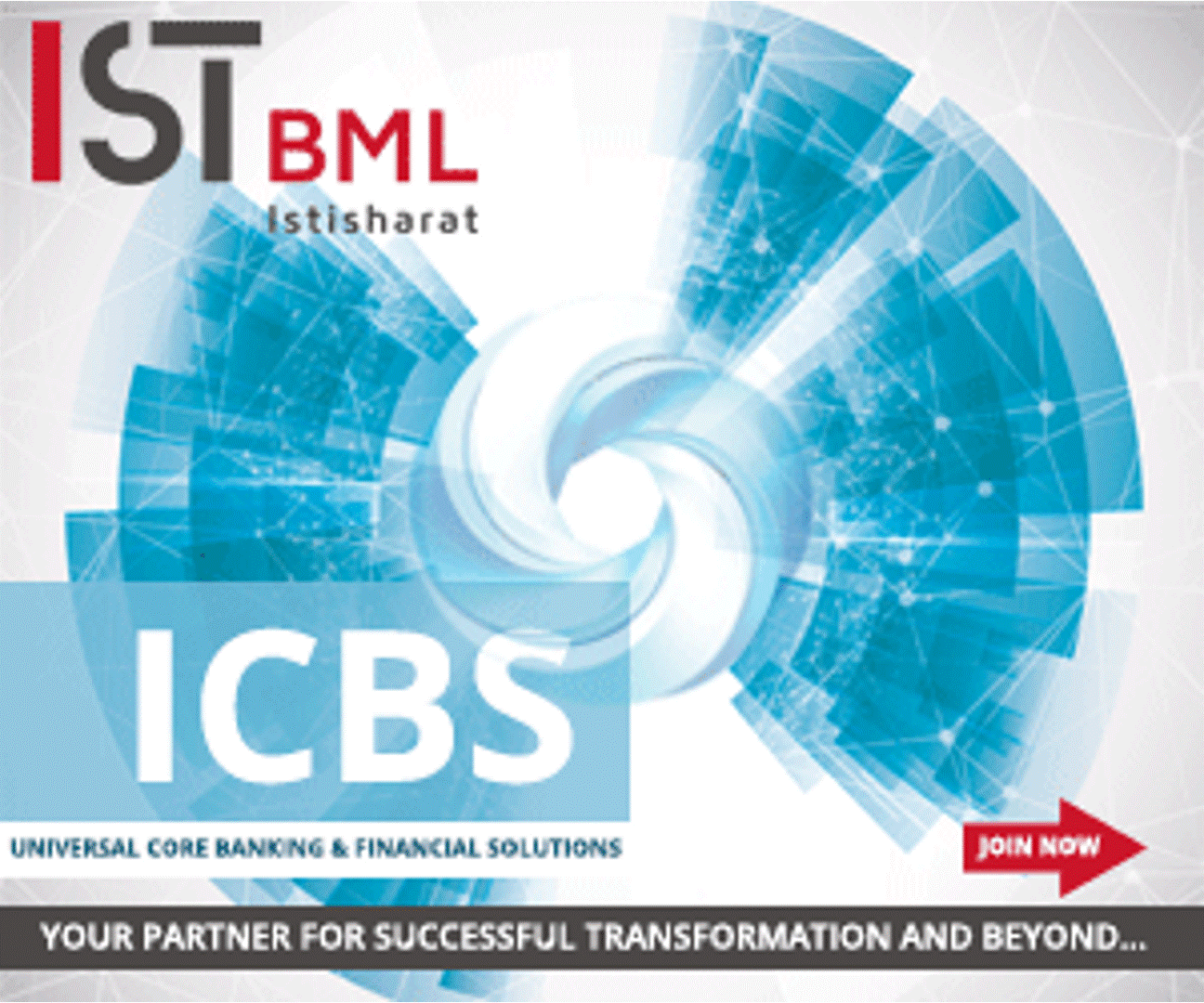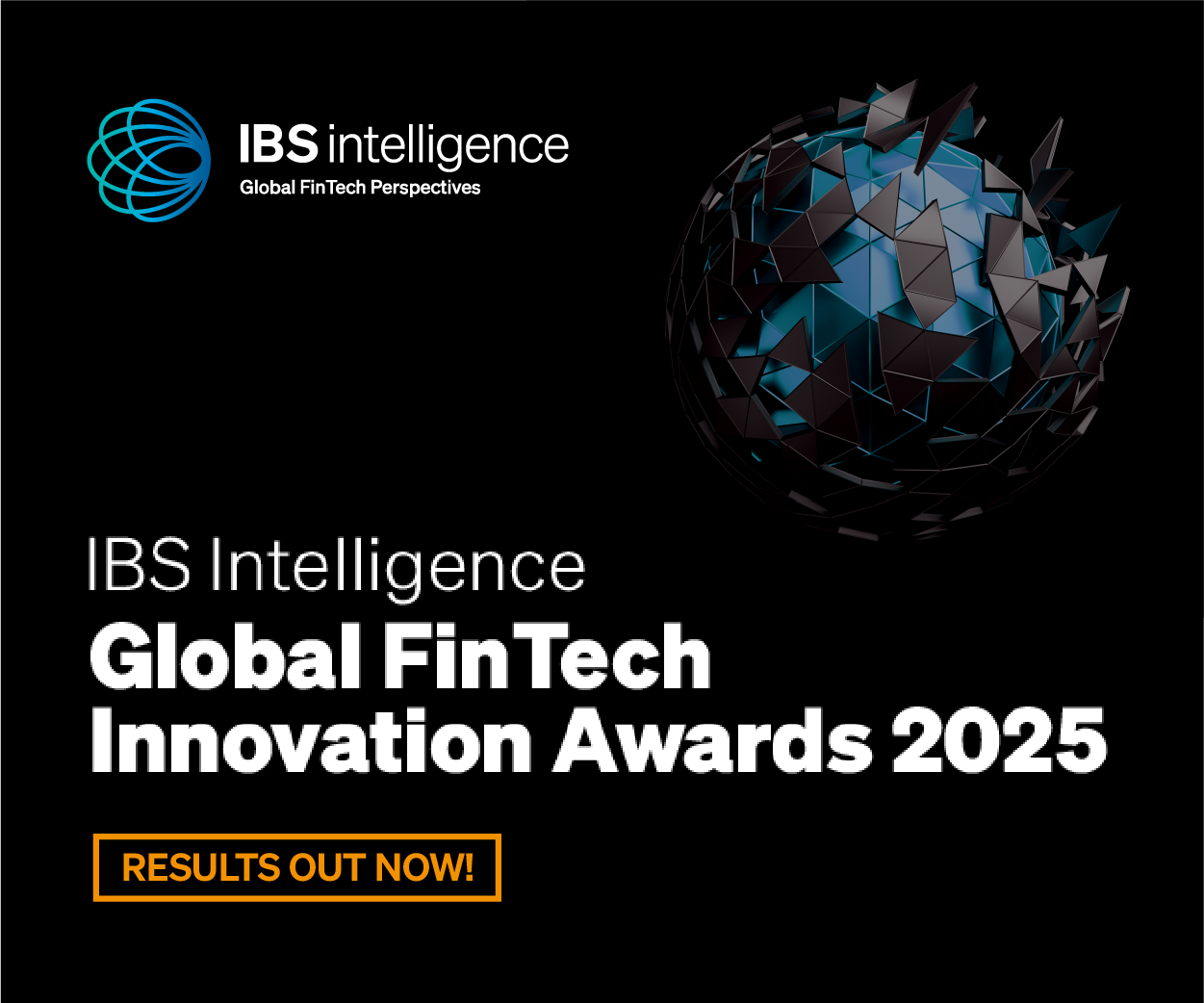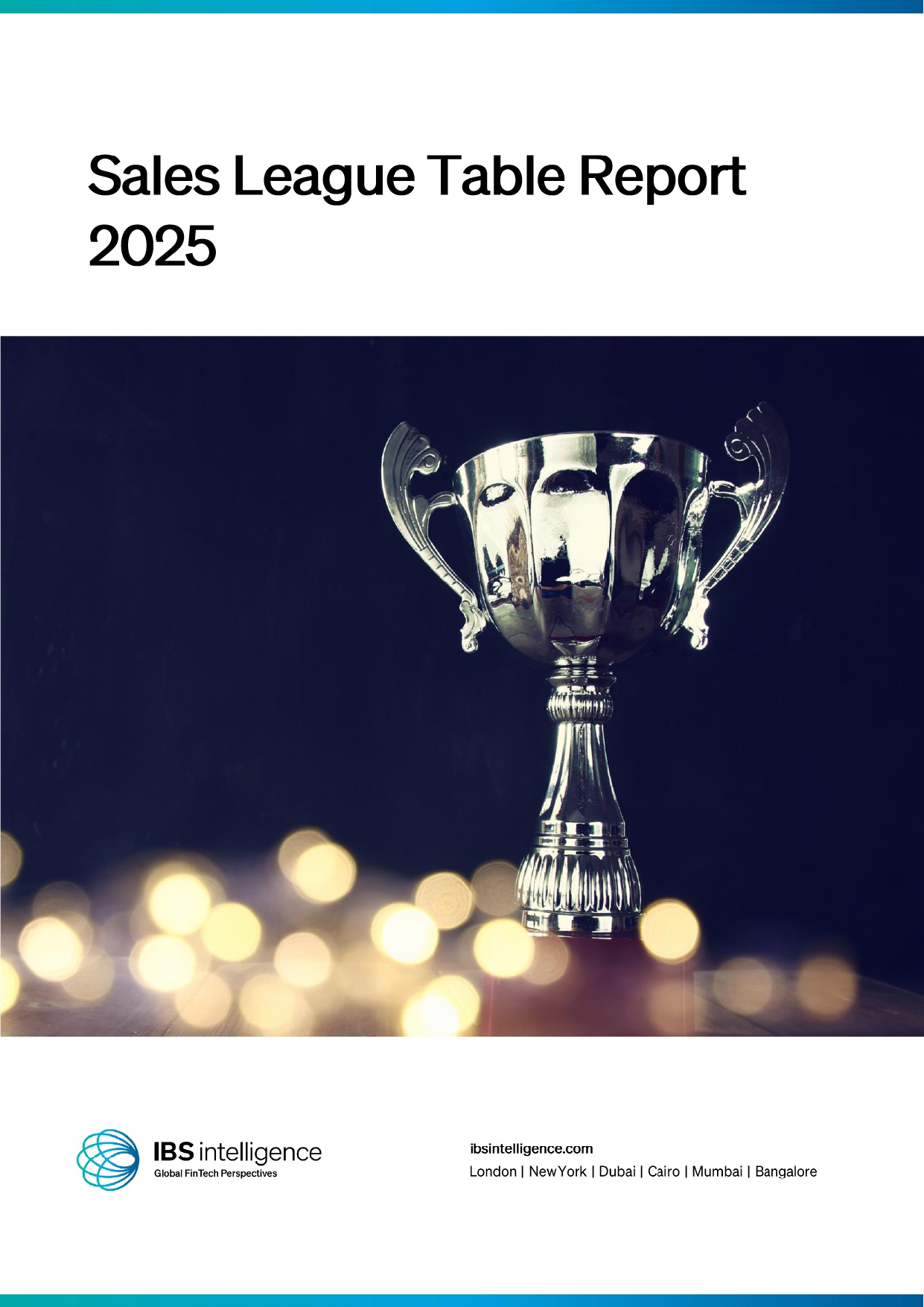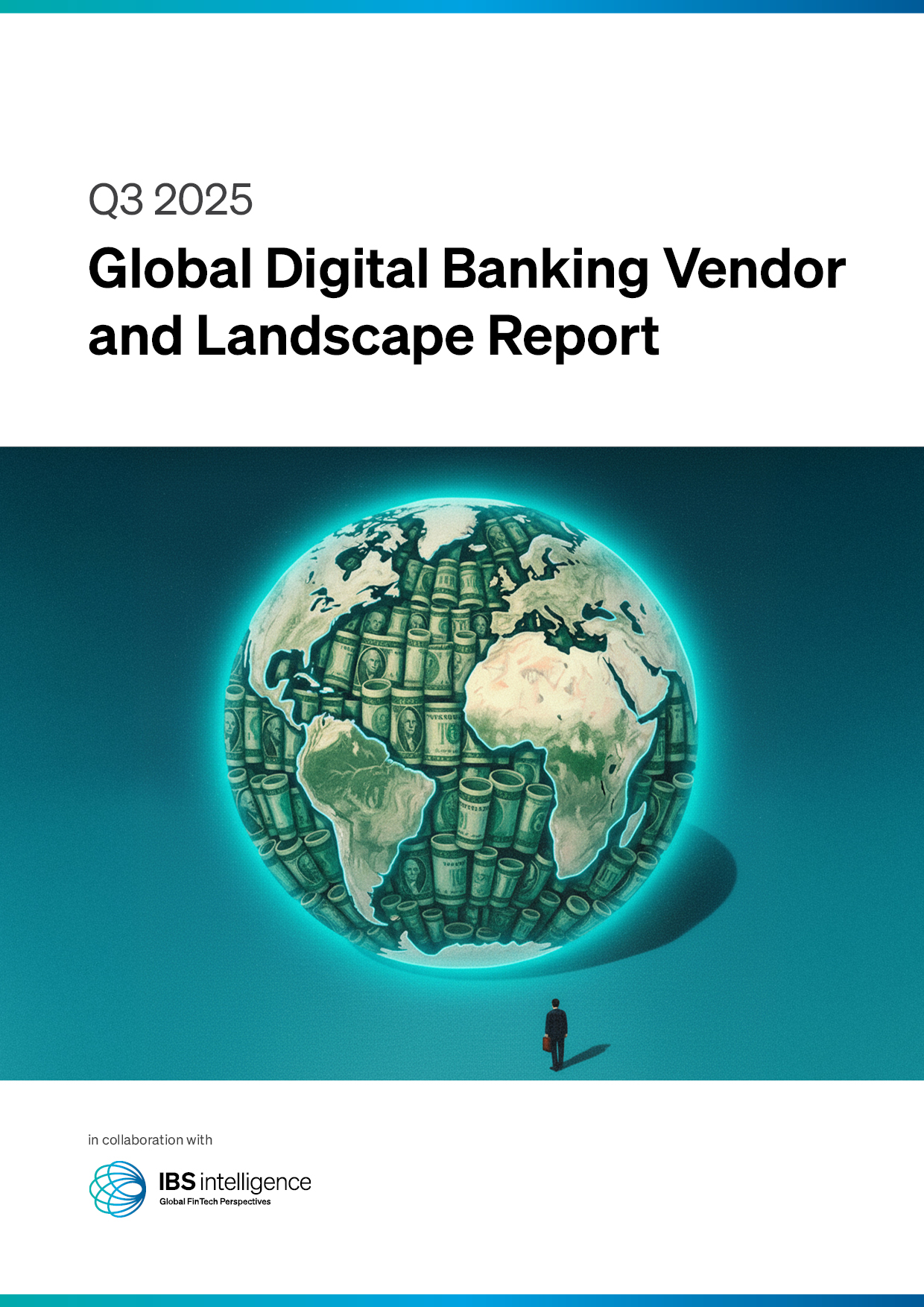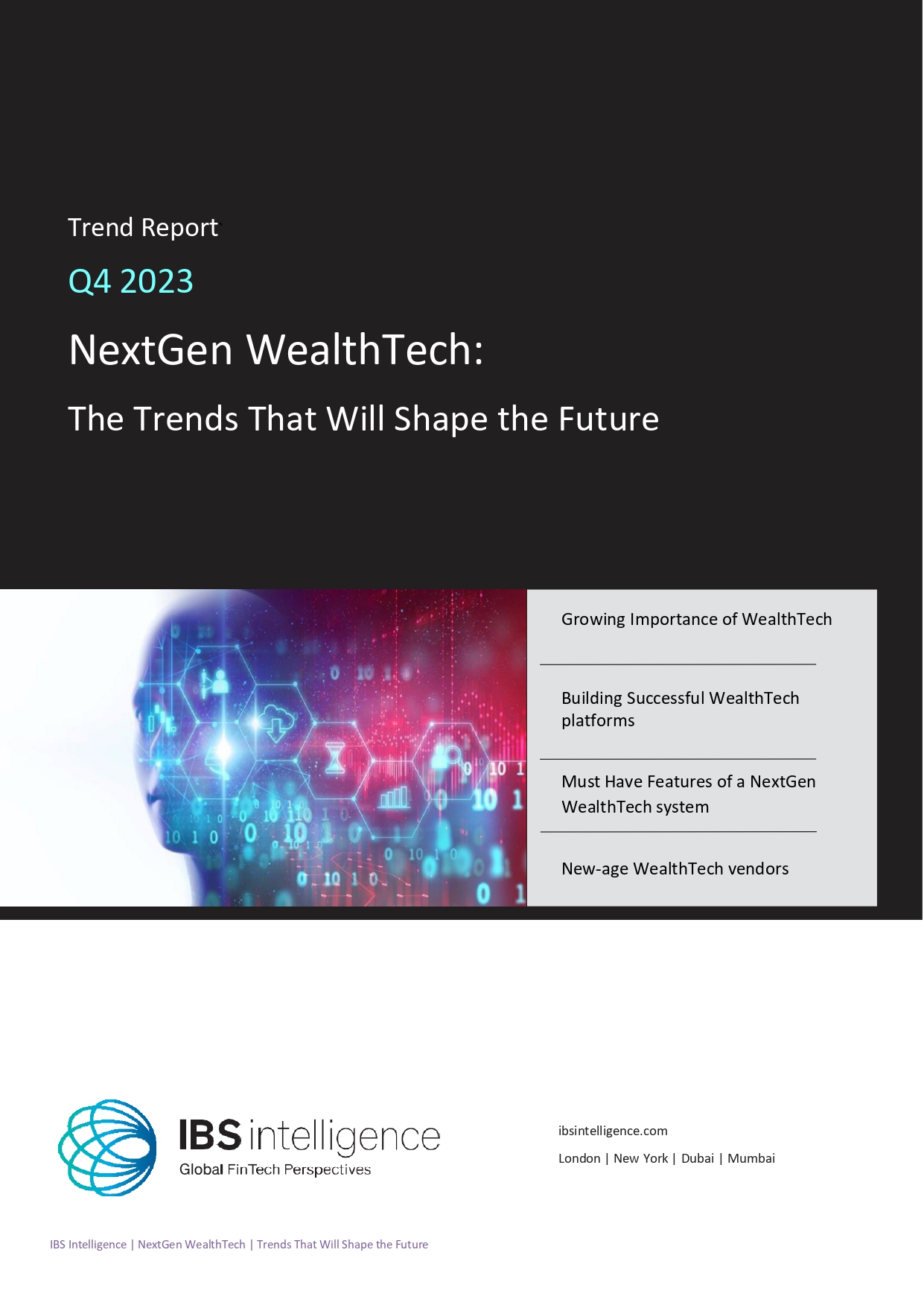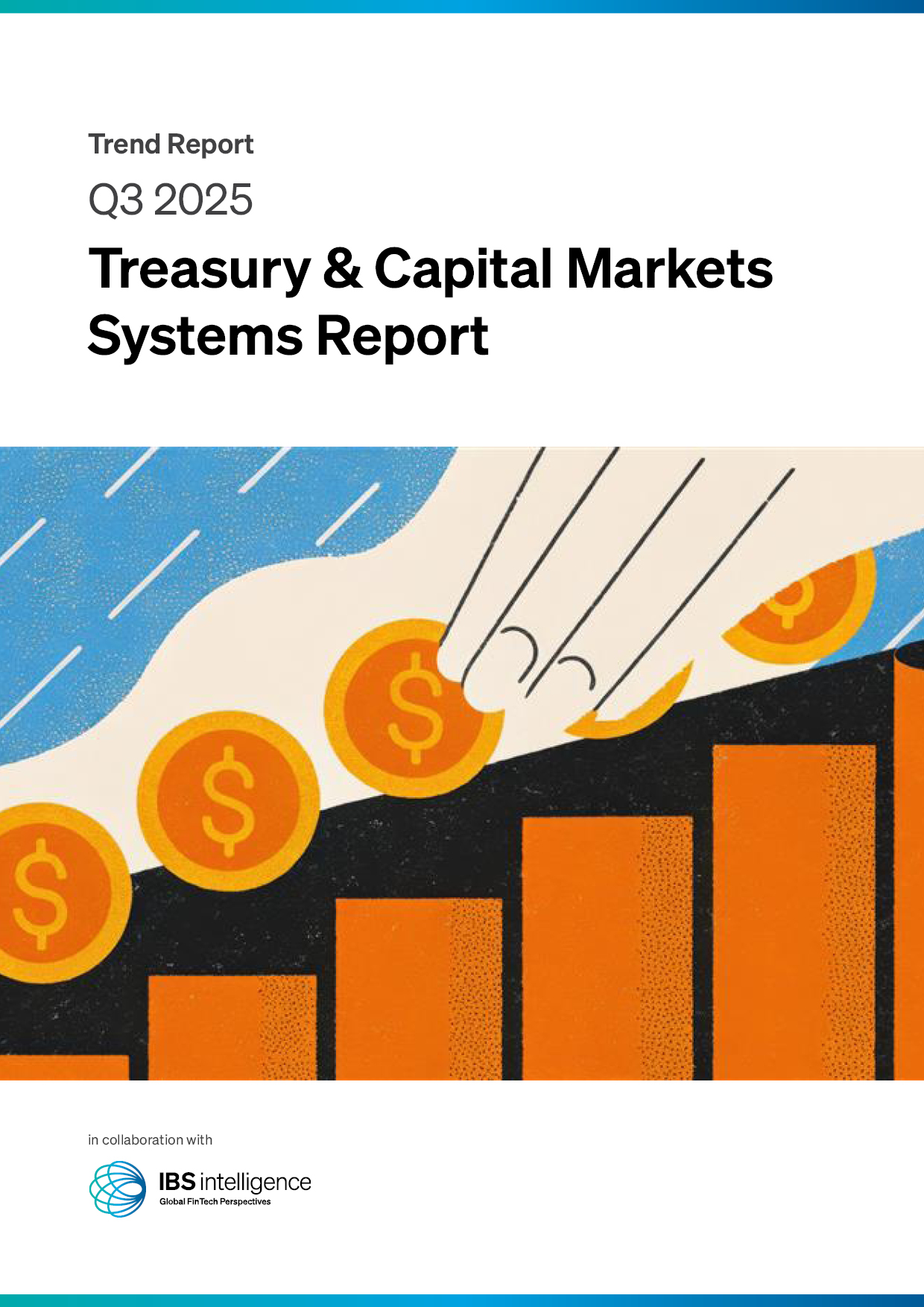 Back
Back
Getting AI right: Interview with Carol Hamilton, SVP, Provenir
By Gaia Lamperti

With the rise of new services, such as ‘Buy Now Pay Later’ and embedded finance, consumer credit markets have changed dramatically over the past couple of years.
Yet, many financial services organisations are still employing legacy approaches to credit risk decisioning, resulting in a substantial level of uncertainty when it comes to the accuracy of their risk models.
This is set to change soon, as almost 80% of European FinTechs look to invest their technology budget in real-time credit risk decisioning software, according to the findings of a recent survey by Provenir, an AI-powered decisioning platform.
The piece of research found that there are other factors cited as drivers for investment in artificial intelligence (AI), from fraud prevention capabilities (91% of respondents) to more competitive pricing (65%).
IBS Intelligence sat down with Carol Hamilton, SVP of Global Solutions at Provenir, to get a first-hand account of how AI can help firms stay ahead by using real-time data to identify new patterns, learn and adapt to constantly detect fraud threats, eliminate financial exclusion and minimise risk.
Could you tell us more about Provenir’s AI offering and the company’s approach to this technology?
At Provenir, we work with FinTechs and financial services across the world in more than 50 countries to enable them to grow their businesses by making smart, fast credit risk decisions. And we’re very pleased to work with a wide spectrum within that, from early disruptors to the big, established tier-one international banks.
We look at AI as a tool able to process lots of different data and spot patterns to best prevent potential risks. AI is able to find high-risk factors for the organisation, and it can do it at scale, to a level that humans can’t process. It’s very much about uncovering what you don’t know and having a model ready to run on the next risk factor that’s being scored and assessed.
How can AI support credit risk decisions by making them more efficient and inclusive?
The power of AI is well suited for credit risk decisioning because when you’re making a credit risk decision about a customer, you are evaluating and embracing a lot of data sources that might come from disparate sources in very different formats. You want to be able to make the most of all that data and extract intelligence to be really informed and know that you’re making a good decision. Because bear in mind that these are very important, very valuable decisions, and so you need to trust something like AI to bring that power beyond what a human could do without it.
At the same time, AI is human-constructed and managed, so what are the challenges of finding the right balance between human intervention and automation?
Humans play a big part in AI, and so it will never really fully get to the point when it’s completely objective, but it can get very close. There’s a lot of work to set up an AI model to be successful in the first place, and it’s a human that actually starts to prepare models.
It’s very important that the human who’s feeding on the data is selecting what they think will be appropriate training sets for that model. And then, hand in hand with that, we need to work on eliminating some cognitive bias on the human part because that is a function of how neutral the data that’s going into the machine is and how objective the model will be. There’s a popular phrase, “garbage in and garbage out,” which sort of explains what we are trying to eliminate.
Regulation, thankfully, is driving the need for transparent AI. And that means letting the data be at the core of the decisioning model and making sure the variety of data you put into it is representative. That’s the most important thing to get right when you’re starting this process. It can’t be escaped that humans need to play a part here, but there are ways that they don’t have to be so involved.
In this context, what is the importance of training the right talent for AI so that this powerful tool can be fed with the most accurate, unbiased and best-selected data points?
I think sometimes companies underestimate the requirements to have quite skilled people set up these models, and in fact, we’ve seen across the industry that there have been delays, slow uptakes or missed expectations. You do need that human effort to be able to get the most out of AI.
A growing number of disruptors out there, such as Provenir, are lowering the barrier to entry for AI, helping those who feel their business is not ready for it to embrace automation by making it less resource intensive and less costly.
Are you concerned about the lack of skilled professionals? According to an IBM report, 7 out of 10 job seekers do not believe they are qualified for AI roles.
I think it’s a shame, given the power and potential of AI, that we’re not seeing such an influx of skill coming into the industry at the pace we would like it.
However, I think we do have a role to play in Provenir as part of the wave to tackle that, and it’s about us making the technology as accessible and usable and valuable as we can for those who don’t have huge pools of talent that can do a lot of the work in a traditional way. We are looking at a low code approach, which is more around business analysts being able to interpret patterns rather than code from scratch.
We are also working closely with customers to solve very specific problems and tailor the technology to their use cases, genuinely providing a targeted solution to address their needs. Often, when companies say they have an AI strategy, it’s very broad and not specific at all. So lack of resources is one thing, but there are other factors we can touch on.
Among the benefits of adopting AI, there is also an increased capability of fraud prevention. Could you share a couple of use cases?
Fraud is widely tackled with AI because so much fraudulent activity can sit under the radar, and so you don’t always know exactly what you’re looking for. It’s about spotting patterns that have growing suspicion of behaviour. So, fraud is really suited to AI because it can analyse and make sense of all that, undercovering high-risk factors that you might not have known before.
Finally, what is the role of AI in fostering financial inclusion?
If we look at different geographies and markets where there are huge unbanked populations, AI can be even more valuable because you can leverage alternative data to assess the creditworthiness of someone, even if you don’t have their credit history.
This is where we’ve started to see big a big shift in the industry, and we’re very much driving this trend. Leveraging alternative data involves accessing inventive and creative data sources that you wouldn’t historically use in these scenarios, but in the absence of traditional legacy data sources, this is a great proxy for that. Examples could be income verification data via telco and utility bills because if you’re seeing that someone is making regular payments, you can suppose that they would be able to similarly commit to a small loan product, as opposed to someone who has skipped lots of payments.
Finding that data is the first step, but then AI can absolutely help you get the most out of it to build a robust credit model to help understand the affordability of that person. There is a huge boom and growing number of organisations adopting this approach everywhere globally and locally, which makes it a very exciting opportunity for the industry to work with that data and make sense of it to solve business problems. It’s a challenge, but that’s where we come in.
IBSi FinTech Journal
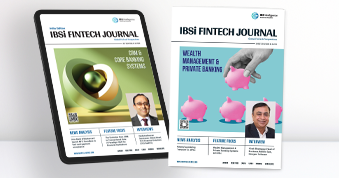
- Most trusted FinTech journal since 1991
- Digital monthly issue
- 60+ pages of research, analysis, interviews, opinions, and rankings
- Global coverage

